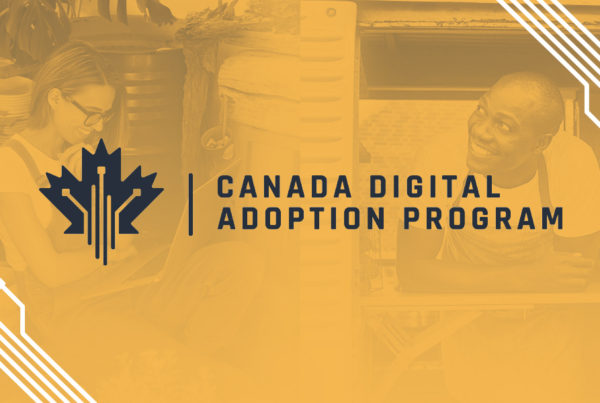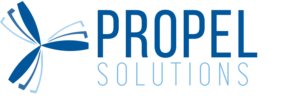Erlang C is a model designed to find the optimal level for staffing by identifying the waiting probability in a queuing system. The model looks at three things: the number of employees providing service, the number of customers waiting and the average amount of time it takes for the employee to complete each customer interaction. Once you have those three inputs you can calculate the probability of queuing considering traffic, given that calls stay in the system until they can be handled. This will then determine the number of agents or customer service representatives needed to staff a call center, for a specified desired probability of queuing. The desired probability of queueing or how long any one customer remains on hold is usually set in a Service Level Agreement (SLA) percentage for most businesses.
Once I understood the model, I was tasked with figuring out the best way to use it at a client site that was a physical location where customers would come in to be serviced. Even though the client was not a call center, they functioned very similarly to a call center model.
- Customers would come in
- Wait in a line to see a representative
- The representative would help them
- The customer would leave
- And the process would repeat.
Basically, the exact same thing as a call center but instead of being on the phone, it’s in person. The client’s challenge was they were noticing increased wait times for customers and many of their locations were not meeting their SLA. They had a team working on workforce planning but after they reviewed each location schedule their model identified the need for more employees not less. The key error in their model was not figuring out how to use an employee’s time more efficiently, especially during break coverage.
The beauty of the model is once you know the data you need to input everything else is extremely easy! With the help of one of my co-workers we were able to get through 29 scenarios and create a meaningful presentation in two days.
The result, a solid business case for the client that would save 40% in workforce inefficiency while raising service levels for customers. What client wouldn’t go for this?
I know going forward whenever I run into a situation where a client is looking to optimize their staffing within a call center or physical store location and they have a line where customers have to wait for service, I will be using the Erlang C model.
Has anyone else used the model and attained similar results? I would love to hear stories from those who have heard of and used Erlang C!








